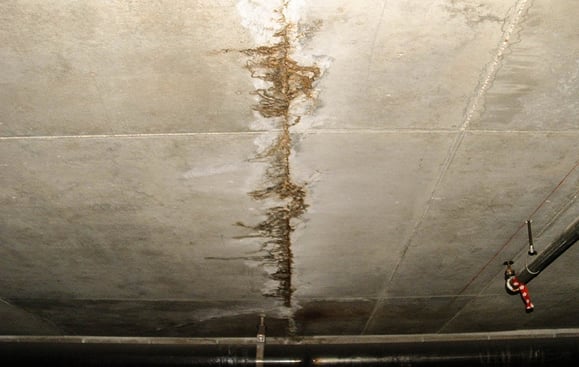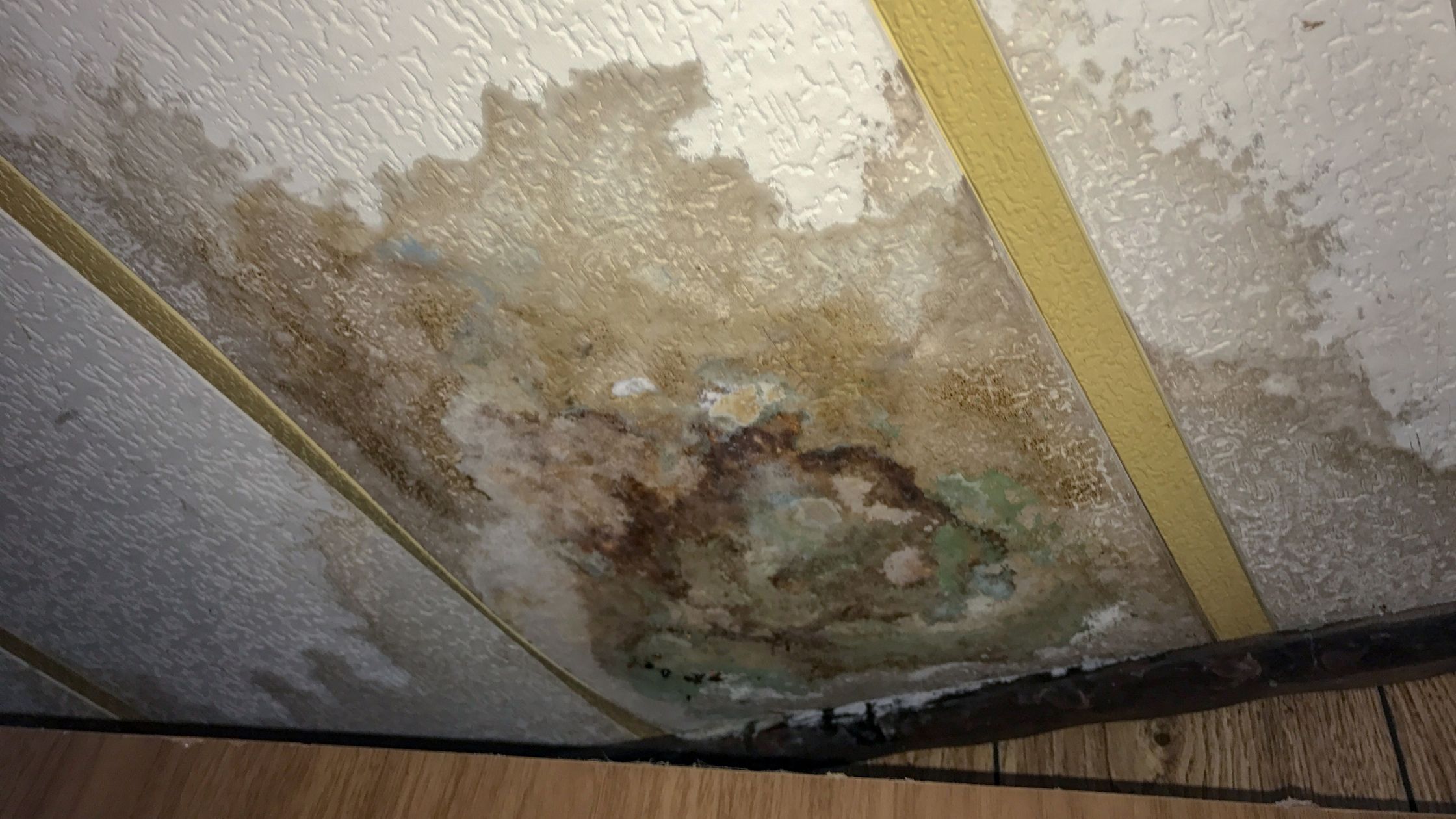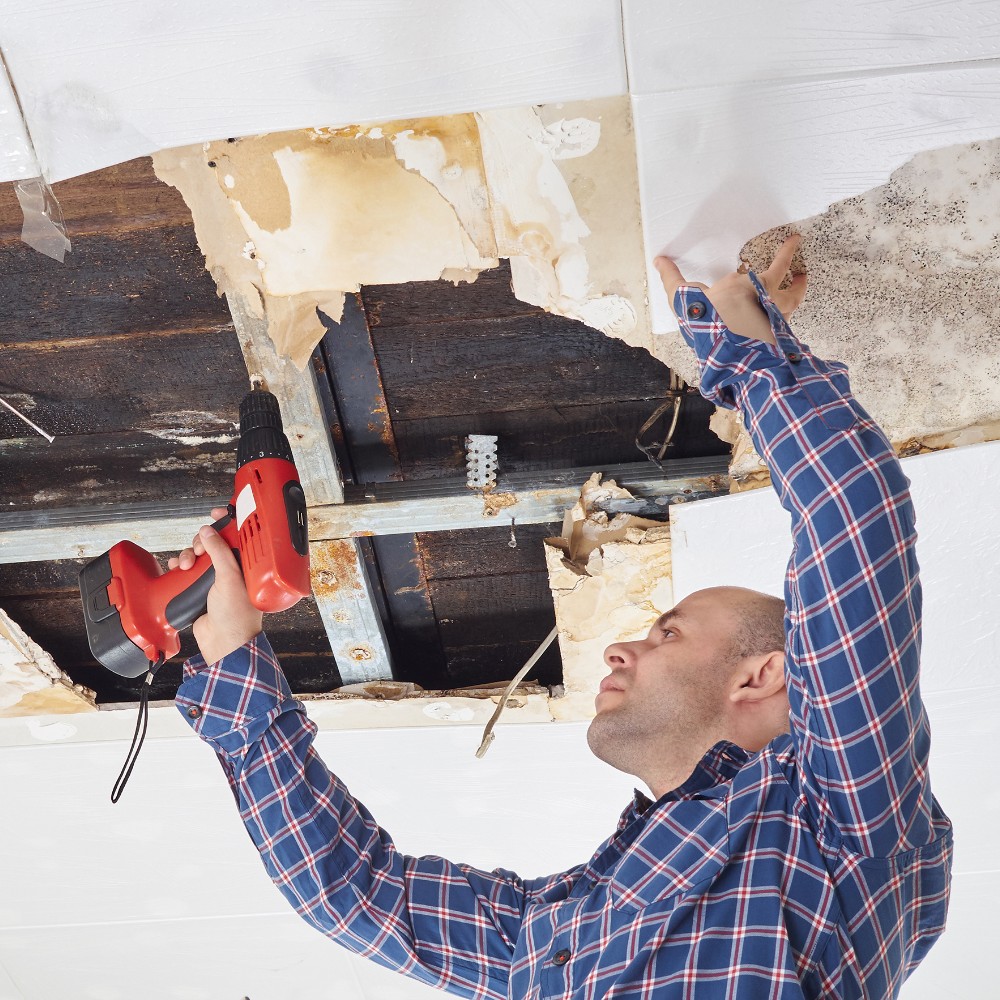Leading Water Mitigation Company Offering Fast and Efficient Solutions
The Process of Water Damage Cleanup: Ensuring Your Home Is Recovered Effectively
Water damage can be a daunting difficulty for house owners, necessitating a thorough and organized clean-up procedure to restore safety and capability. Initially, a detailed evaluation is essential to determine the level of the damages and identify the appropriate removal actions. Following this, efficient water extraction techniques play a crucial function in mitigating further injury. The nuances of drying, sanitizing, and ultimate remediation are just as necessary and commonly ignored. Recognizing these phases can make a considerable distinction in the result of your home's repair, triggering a closer check out what each step entails.
Examining the Damage
Upon uncovering water damage, the first action is to thoroughly examine the level of the influence. This initial evaluation is crucial, as it helps identify the required steps for efficient cleaning and reconstruction. Begin by checking the impacted locations, consisting of walls, ceilings, floors, and personal valuables, to identify the resource of the water invasion, whether from flooding, leakages, or condensation.
Recording the damage is important for both insurance coverage claims and preparing restoration efforts - damage restoration services. Use pictures and written notes to record the severity of the damage, keeping in mind any kind of afflicted architectural elements and materials. Pay special focus to areas that may not be instantly visible, such as behind walls and under rugs, as hidden wetness can lead to more issues, consisting of mold and mildew development
In addition, evaluate the timeline of the water direct exposure. The longer the materials remain damp, the higher the potential for damage. Comprehending the duration of direct exposure will educate the necessity of remediation efforts. Ultimately, a thorough analysis prepares for an effective water damages cleanup procedure, ensuring that all affected locations are addressed properly and thoroughly.
Water Extraction Strategies

Specialists generally use completely submersible pumps for bigger volumes of water, which can rapidly alleviate flooding in basements or other impacted locations. For smaller sized amounts, wet/dry vacuums are usually used to remove recurring wetness from rugs and tough surface areas. Furthermore, utilizing mobile extractors enables targeted removal in constrained spaces or areas with delicate products.
In circumstances of contaminated water, such as sewage or floodwater, progressed extraction techniques might involve using biohazard tools to make sure safety and conformity with health and wellness regulations. High-powered extraction devices are vital in reducing water retention in architectural materials, which can result in mold and mildew growth and architectural wear and tear otherwise attended to promptly.
Eventually, the efficiency of water removal methods plays a critical role in the general success of the water damage clean-up procedure, preparing for succeeding remediation initiatives.
Drying and Dehumidification
As soon as standing water has been effectively removed, the next vital phase in the water damage cleaning process is drying and dehumidification. This action is vital to protect against more damage and mold and mildew growth, which can happen within 24 to two days in wet environments.
To attain effective drying, customized equipment such as industrial-grade air movers and dehumidifiers is utilized. Air movers circulate air across damp surfaces, enhancing evaporation rates, while dehumidifiers decrease humidity levels airborne, promoting a favorable setting for drying out. The combination of these devices guarantees that dampness is drawn out from walls, floorings, and home furnishings, enabling them to dry completely.
It is necessary to keep an eye on the drying procedure very closely. Specialists frequently utilize dampness meters to examine the dampness material in various products, making sure that all affected areas get to acceptable dryness levels. This precise method aids to stop covert wetness pockets that might cause architectural damages or unhealthy mold and mildew development.

Cleaning and Sanitizing
After the drying and dehumidification phase is full, the following crucial action in water damages cleanup is cleaning and sterilizing the impacted locations. This procedure is vital to avoid the development of mold and mildew, microorganisms, and various other microorganisms that prosper in wet settings.
The cleansing stage usually includes wikipedia reference eliminating any type of particles, dirt, and pollutants from surface areas making use of specialized cleaning up representatives. For tough surface read what he said areas, a mix of soap and water or business cleansing items is frequently utilized. Soft materials, such as furniture and carpetings, might need more considerable cleansing approaches, consisting of heavy steam cleansing or deep removal strategies, to make certain detailed hygiene.

Sanitizing complies with cleansing, utilizing EPA-approved anti-bacterials to eliminate dangerous microorganisms. This step is crucial, especially in locations that may have come right into contact with floodwaters or sewage, as these resources can posture major health dangers.
In addition, it is necessary to attend to any remaining odors, which might require the usage of odor neutralizers or advanced strategies like ozone treatment. Proper cleansing and disinfecting not only restore the security and hygiene of your home but additionally lay the foundation for successful restoration and fixings in succeeding phases of the water damages clean-up procedure.
Remediation and Repair Work

Once the analysis is full, restoration efforts can begin. This usually entails fixing or changing broken products, making certain that all work abides by neighborhood building ordinance and criteria. If drywall has actually been compromised, it will need to be removed and changed with new product. Furthermore, flooring might require comparable focus, depending upon the level of water direct exposure.
It is vital to involve skilled repair specialists during this procedure, as they have the expertise to deal with complex fixings properly. They can help mitigate prospective future concerns, such as mold growth or structural instability, hence making certain a safe and habitable living setting. Ultimately, efficient reconstruction and repair services bring back the home's honesty and boost its total worth.
Final Thought
To conclude, the process of water damage clean-up is critical for recovering a home to its pre-damage condition. Each phase, from evaluating the damage to executing efficient water removal techniques, complied with by extensive drying out, sterilizing, and required repairs, plays a crucial duty in making sure safety and security and conformity with building requirements. Effective implementation of these steps not just minimizes instant damage but also boosts the long-term honesty and worth of the property.
Water damages can be a daunting obstacle for home owners, requiring a precise and structured cleanup procedure to recover safety and functionality. Inevitably, a detailed evaluation lays the foundation for an effective water damages cleaning procedure, making sure that all impacted locations are addressed efficiently and extensively.
Efficient water extraction techniques are important in reducing damages and avoiding additional difficulties following a water intrusion event.In final thought, the process of water damages cleaning is crucial for recovering a home to its pre-damage condition. Each stage, from evaluating the damages to executing efficient water removal strategies, adhered to by Discover More detailed drying, sanitizing, and essential repair services, plays an essential function in making certain security and conformity with structure requirements.